Sustainable, responsible, eco-friendly, green — whatever you want to call it, there are lots of ways to explore this vast and beautiful world of ours in an ethical manner. And while there are several things you can do in any destination to lessen your ecological footprint, there are a few places that make it even easier with forward-thinking initiatives and policies established to protect some of our most beloved travel spots today and for years to come.
The Netherlands
With various eco-friendly initiatives like wind-powered passenger trains, all-electric delivery vans and a downright impressive cycling infrastructure, the Netherlands blows many sustainable destinations out of the water. Pair this with one of the world’s largest offshore wind farms and the largest floating solar energy park in all of Europe and it’s easy to see why the country is a global leader when it comes to green initiatives.

But the Dutch don’t plan to stop there, as a supporter of the 2015 Paris Climate Agreement, the Netherlands has vouched to achieve a circular economy — a technique used to recapture waste as a resource to create new materials and products — and reduce its greenhouse gas emissions to zero by 2050. Additionally, the country aims to provide 50% of its electricity through renewable resources such as wind and solar by 2025. The Dutch government also encourages citizens and businesses alike to embrace new changes by offering incentives to promote renewable energy sources and, according to Invest in Holland, nearly one in eight households has solar panels on its roof.
As for eco-conscious activities, travelers have plenty of options in this beloved European country whether they choose to explore by bike, browse fair trade shops, pedal or paddle Amsterdam’s famous canals or enjoy a locally-sourced meal — the opportunities are endless.
Galapagos Islands
One of the world’s first UNESCO-designated World Heritage Sites, the Galapagos Islands are a unique archipelago that are home to a collection of rare flora and fauna such as the blue-footed booby, marine iguanas, giant tortoises and flightless cormorants. The region is also famous for its association with Charles Darwin’s theory of evolution and for its seismic activity which is studied and monitored closely by scientists worldwide. Situated off the west coast of Ecuador in the eastern Pacific Ocean, the Galapagos Islands are incredibly remote, but this didn’t prevent the region from being added to UNESCO’s list of endangered sites in 2007 due to a large population, overtourism, overfishing and a slew of invasive species. However, due to swift action from the Ecuadorian government, the destination addressed these issues and was removed from UNESCO’s ‘red list’ in 2010.
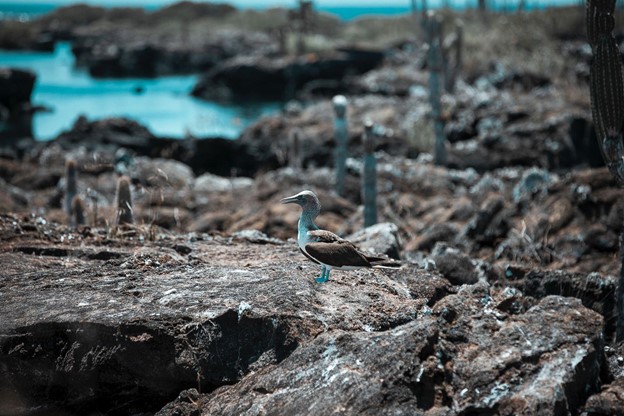
Today, the Galapagos Islands are thought to be one of the most eco-friendly travel spots in the world, with hundreds of thousands of visitors each year. And while the islands certainly make for a feel-good getaway, lots of work goes into ensuring the region stays protected from the threats that tourism can present. A few ways the Galapagos Islands — and Galapagos National Park — are taking action are by limiting the number of visitors allowed in certain areas, strategically planning the departure and arrival of boats and cruise ships, introducing entrance fees, developing educational activities and establishing urban development zones.
Looking for an eco-friendly activity while visiting the area? The Galapagos Islands are an outdoorsy traveler’s dream with no shortage of hiking and mountain biking trails by land and kayaking, snorkeling, diving and surfing by sea. To make a net-positive impact, be sure to opt for activities led by certified tour operators.
Iceland
Beloved for its dramatic landscapes — glaciers, volcanoes, hot springs, this place has it all — the Land of Fire and Ice is a natural candidate for sustainable travel. However, balancing the country’s small population (just over 376,000 inhabitants), large tourism numbers and fragile ecosystem can prove to be difficult. Additionally, climate change has impacted the nation with native seabirds and marine life, some of which now face the threat of extinction, suffering the effects of a changing landscape.

Luckily, Icelanders are facing these challenges head on by creating several ambitious action plans to protect the environment, combat the climate crisis and encourage sustainability. For example, the country has a goal to cut its carbon emissions by 55% by 2030 and to achieve carbon neutrality no later than 2040. And when it comes to travelers, the Icelandic Tourism Board established Vakinn, an official quality and environmental certification for Icelandic tourism that represents businesses that operate in an ethical, professional and sustainable manner.
Travelers can support Iceland’s local economy in a sustainable way by choosing ethically operated excursions that will bring them closer to nature and the local culture. A few activities that come to mind include exploring the epic scenery by horseback, taking a walking tour in downtown Reykjavik, enjoying a traditional Icelandic dish or taking a dip in a pool heated by geothermal energy.
Borneo
Did you know that Borneo is the third-largest island in the world? Located in Southeast Asia’s Malay Archipelago, this rugged escape is best known for its sprawling beaches, lush ancient rainforests and rare wildlife such as orangutans and clouded leopards. In addition to its natural splendor, Borneo is home to several indigenous tribes and offers a mix of modern Chinese, Indian and Malay cultures. Over the last several decades, the island has suffered an enormous loss due to logging and farming decimating over half of the region’s forest cover, displacing and endangering flora and fauna and the lives of people native to the island.
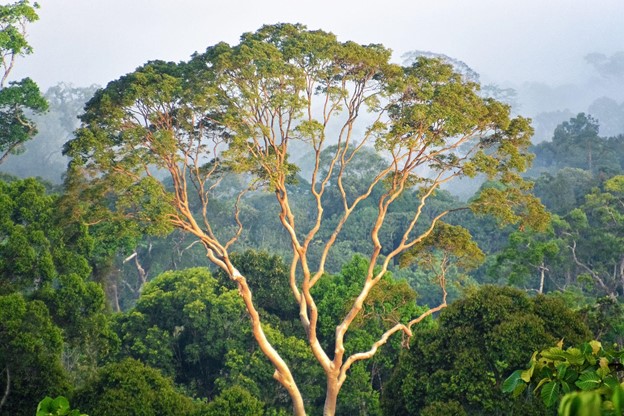
However, as the island becomes more accessible to travelers, a shift is being made to protect Borneo's natural resources and communities. According to a May 2022 article from Deutsche Welle, non-profit Fairventures and farmers in Central Kalimantan have teamed up to plant over one million fast-growing trees to help revitalize the ravished rainforest. The trees will help to make the surrounding landscape more resilient to floods and other natural disasters while fertilizing the land and storing carbon in the process. Additionally, the trees will hopefully act as a future source of revenue for villagers to sell as timber — a welcomed alternative to jobs in mines and palm oil plantations that cause damage to the forest.
And there’s more good news, with its controlled and steady growth, tourism in Borneo is largely sustainable as much of the money brought in goes directly to the wellbeing of communities, conservation of the forests and animal rehabilitation centers. Visitors who want to travel responsibly in Borneo should consider a visit to the Sepilok Orangutan Rehabilitation Center and Semenggoh Nature Reserve in addition to environmentally friendly activities like low-impact walking and cycling tours.
Australia
While it might be the world’s smallest continent, Australia has no shortage of diversity. Miles of sandy beaches, tropical and subtropical rainforests and, of course, the region’s famous Outback all come together to create The Land Down Under’s unique ecosystem. Similar to other popular destinations around the world, Australia has come to recognize the importance of sustainability and responsible travel with its participation in the 2030 Agenda, a plan consisting of 17 Sustainable Development Goals agreed upon by 193 Member States at the United Nations Sustainable Development Summit in 2015. While the agenda is something that several nations are involved in, Australia’s goals specifically lie in promoting regional stability, security and economic prosperity.
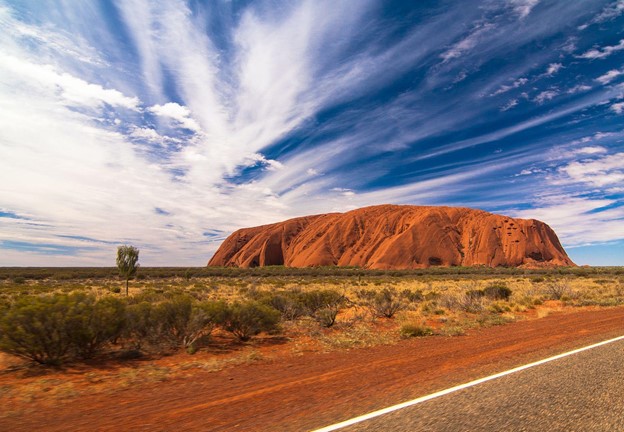
We’ve previously talked about the Byron Bay Solar Train, but that isn’t the only eco-friendly offering that awaits travelers in "Straya." Those hoping to immerse themselves in nature will love a stay at one of the region’s nature or wildlife conservancies. These luxury lodges are located in some of the most beautiful places in the country and offer a feel-good element as visitors’ money goes directly toward native wildlife and ongoing conservation efforts. Another offering that is unique to Australia is the opportunity to connect with people from other cultures. According to National Geographic, about three percent of Australia’s population has Aboriginal heritage and travelers can experience this heritage firsthand by partaking in an Aboriginal art experience such as Ernabella Arts where they’ll mix with a diverse group of artists and learn about Indigenous stories and symbols. When mealtime approaches, travelers should be sure to indulge in a meal crafted from locally-grown Australian produce which is said to be some of the best in the world.
When planning a trip, keep an eye out for tour operators and attractions that are accredited under Ecotourism Australia’s Eco Certification Program which represents businesses that are environmentally, socially and economically sustainable.


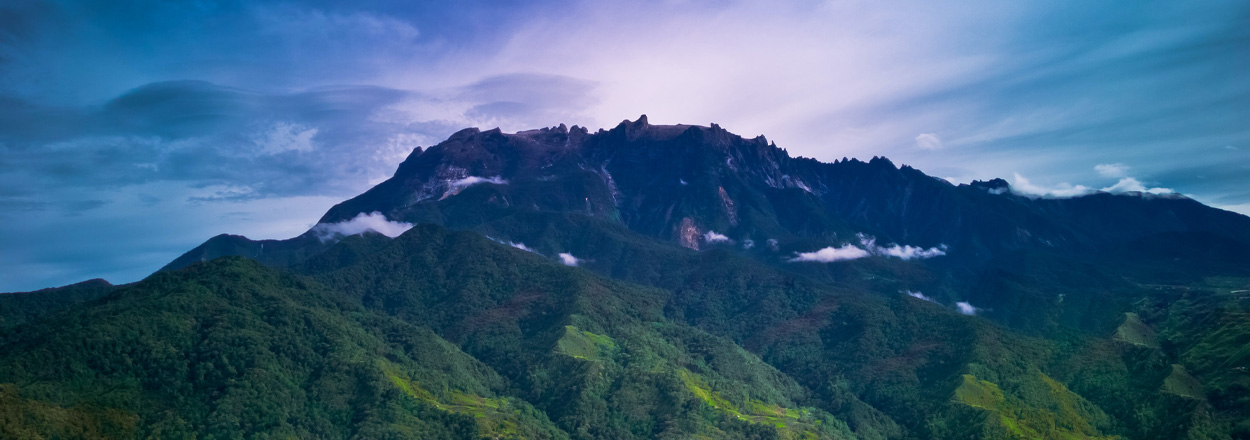

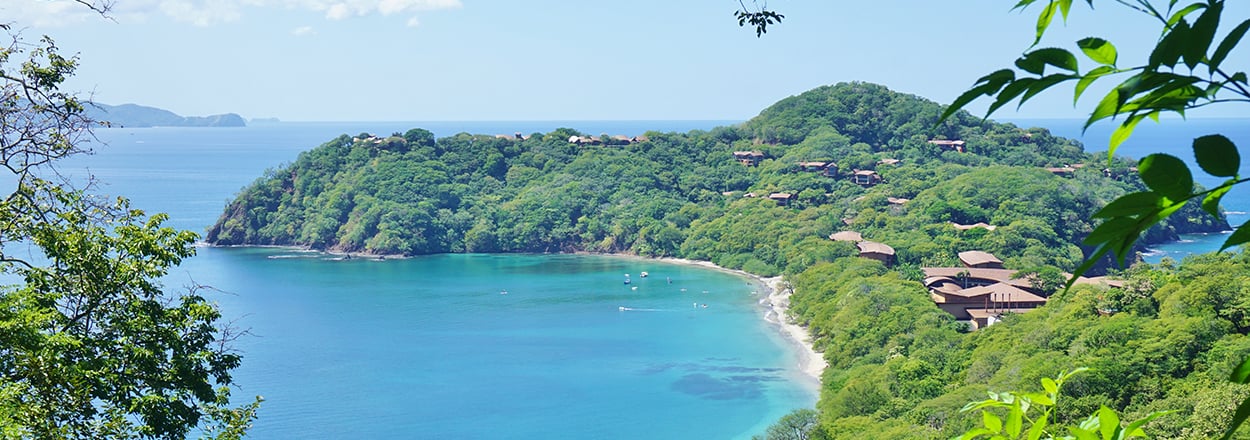

comments